

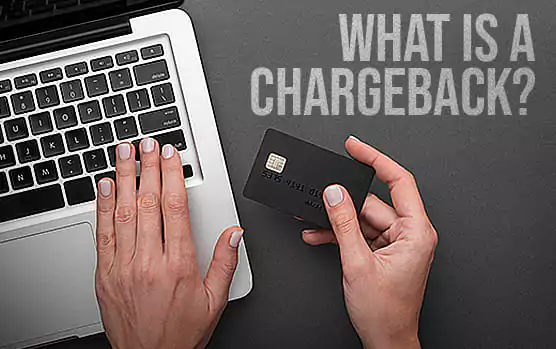
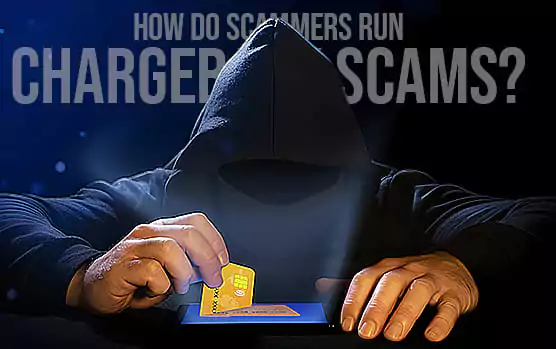

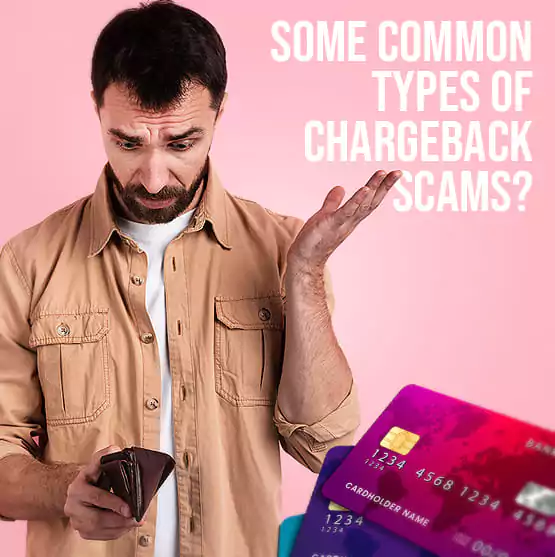
Generally, there are three categories of chargeback scams. These chargeback scams can be weaker or stronger depending on the fraudulent activity and can be justified from the cardholder's point of view.
Criminal fraud: Victims of identity theft, sensitive bank details being compromised, or physical theft of debit or credit cards ask for a chargeback after discovering an unauthorized transaction on their credit report. Such scams are classified as a strong case of fraud.
Friendly Fraud: Sometimes victims unintentionally purchase a product and ask for a chargeback without concrete justification. If it is found that the chargeback asked was intentional, the customer has committed fraud.
Merchant Fraud: Sometimes a merchant might ask for a chargeback, not realizing that there was a mistake in the purchase or return process. Such scams are classified as a weak case of fraud.Hackers and scammers use several unscrupulous tactics to steal from innocent and gullible victims.

As a merchant, here are a few tips that can ensure you do not fall victim to a chargeback scam:

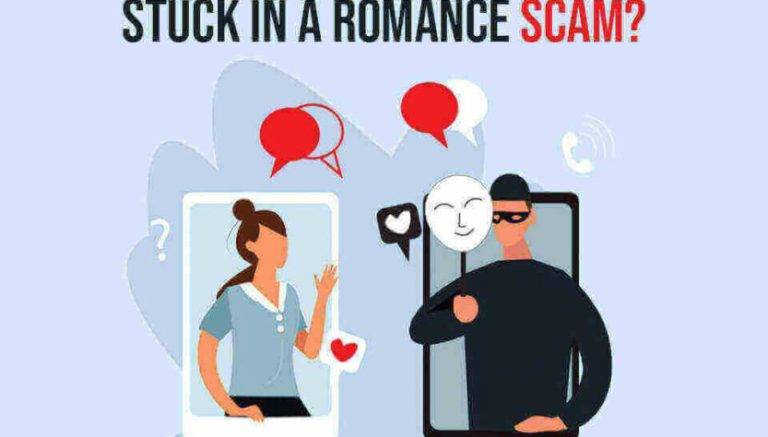
In recent times, a number of online users have been raising concerns due to the surge in romance scams. Individuals are being targete…
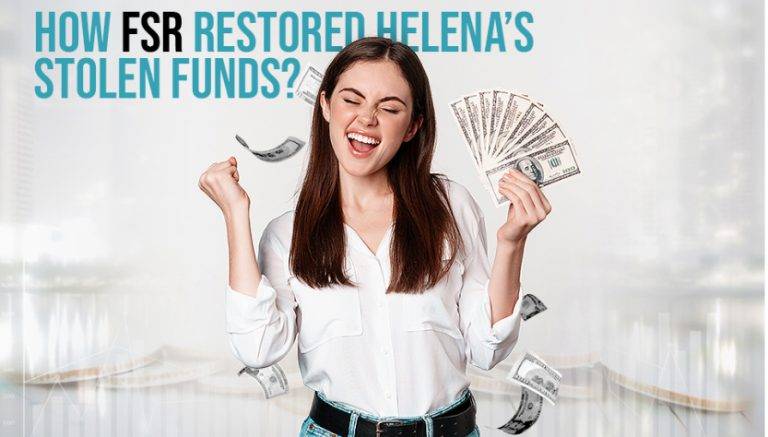
When it came to online relationships, I’d always been cautious. I wasn’t sure if I’d ever find love in the digital era after a succession , unsuccessful..

Alice, 39 years old, recently got divorced from her horrible marriage and was living on her own. But the good part was that she owned a busin…

In a world full of online scams, Mary’s story is a shining example of strength and determination. Let’s dive into how Financial Scams Recovery…

In a world where opportunities and risks often go hand in hand, many people are drawn to the promise of making money through Forex trading…

Aaron, a 32-year-old businessman from Seattle, was enjoying his trip to California and was having a good time with his family. He was…
Each bank has its unique methodology to assess the risk of a merchant. Additionally, they will also dictate to the merchant to hold certain funds as reserves and expected transaction rates.
As a thumb rule, each merchant is categorized as a high-risk merchant. If merchants are selling luxurious products, then they are viewed as higher-risk merchants. As a result, these merchants are required to hold even higher reserves and higher transaction rates.
The chargeback ratio is the ratio of the number of chargebacks a merchant has acquired to the number of sales in a month. The ratio is calculated by dividing the number of chargebacks by the total number of transactions in a month. Generally, the ratio should be less than 1%. However, exceeding this 1% can designate the merchant as a high-risk merchant.
One of the best ways to avoid falling victim to a chargeback scam is through order review. As the business expands, merchants can find it extremely challenging to order reviews due to high sales volumes. In such cases, merchants can go to a third party for order review. You can also opt for automated services to save time
An on-shore merchant account is when merchants open an account within their home country, while an offshore account is when they open in another country. Merchants with an on-shore account can communicate with their banks easily and quickly compared to those with an off-shore account. While their reach is less, they have less privacy, have a high cost, and have a high tax. Off-shore merchant accounts have more reach and more privacy, with more challenges to communicating with their banks.